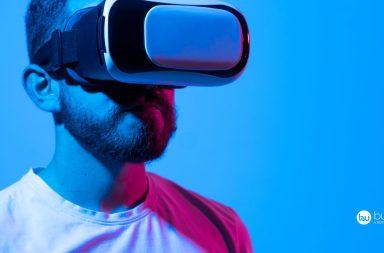Recently, the Food and Drug Administration (FDA) issued a press release warning against the use of wearable devices in measuring blood glucose levels.
Relying on wearable devices such as smartwatches or smartbands to prevent health issues and ultimately replacing medical professionals can be very dangerous. While these devices offer convenience and quick access to health data, they may lack accuracy and depth in their assessments. Misinterpretation of data or failure to detect critical health indicators could lead to delayed or inaccurate diagnoses.
In simple terms, smartwatches have yet to replace clinically validated equipment in hospitals as they are not able to provide the same accuracy and reliability in medical procedures. However, researchers are actively seeking ways to integrate these devices into clinical practice, considering their presence as an aid, rather than a full-fledged substitute.
A project in the UK has investigated whether the Garmin Venu 2 and a dedicated app could streamline medical processes, potentially saving time for healthcare professionals.
The theory behind the idea: The Six Minute Walk Test
The Six Minute Walk Test (6MWT) is a vital tool for diagnosing and monitoring various cardiovascular conditions, including potentially fatal ones such as Pulmonary Hypertension. Project leader Dr. Joseph Newman highlights its importance as a marker of cardiopulmonary function, also emphasizing its role in clinical practice worldwide.
[The test has been] a cornerstone of hospital practice and clinical trials for decades all around the world as […] a marker of how well the heart and lungs are working
But what does this test require? And how does it work?
The test involves a patient walking continuously for six minutes on a flat surface, while professionals monitor heart rate and blood oxygen levels. Despite its reliability, many healthcare professionals acknowledge its shortcomings and aim to innovate by shortening and digitizing the test for remote use.
And that’s where Garmin’s wearable technology and devices come in. Researchers wanted to revolutionize the test by potentially reducing it to just one minute and enabling patients to perform it at home using the Garmin Venu 2. Patients were instructed to walk outdoors, allowing for a more natural assessment of their physical capabilities.
The role of the patient at the center of the healing process
Giving patients the tools to complete tests at home has many benefits, including an improved representation of their daily lives and simpler long-term health tracking. Dr. Newman sees real value in providing patients with tools like an app and smartwatch for monitoring progress, potentially reducing the frequency of hospital visits.
We can see real value in providing patients with pulmonary hypertension with an app and smartwatch to monitor their progress. It’s unlikely to ever fully replace the need for in-person hospital reviews, but it will likely reduce their frequency.
Initial study results suggest that shortening the test to one minute does not compromise its accuracy, while patients are more likely to comply with regular testing when done at home.
While advancements like this hold potential for enhancing patient care and reducing healthcare burdens, they should always be viewed within the context of comprehensive medical oversight and personalized treatment plans. As we embrace the evolving landscape of digital health solutions, it is important to prioritize accuracy, patient-centric care, and the collaborative integration of technology with traditional medical practices.



